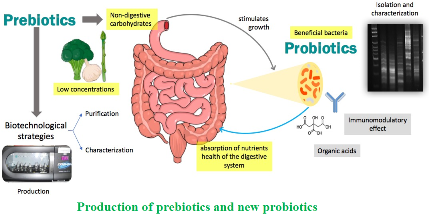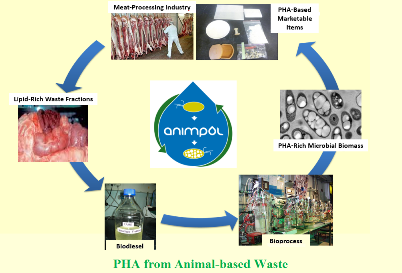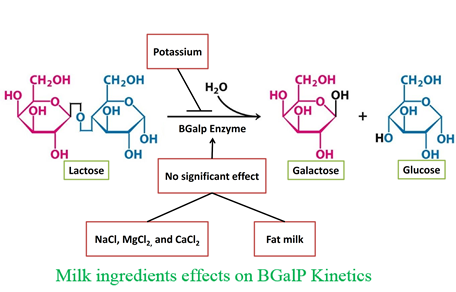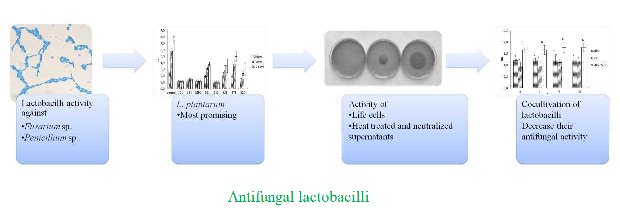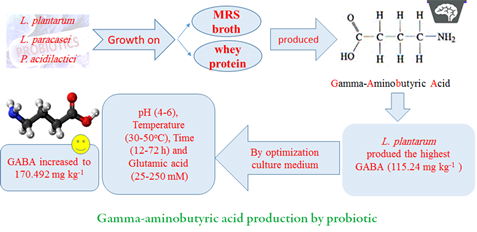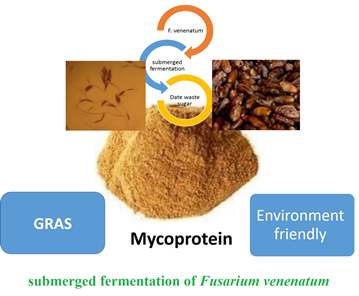Biotechnological Approach for the Production of Prebiotics and Search for New Probiotics and their Application in the Food Industry
Applied Food Biotechnology,
Vol. 5 No. 4 (2018),
17 Shahrivar 2018,
Page 185-192
https://doi.org/10.22037/afb.v5i4.20174
Background and objective: Prebiotics and probiotics intake have been widely recognized in past recent years due to possessing multiple health benefits. Prebiotics are non-digestible carbohydrates that promote the growth and/or activity of beneficial bacteria in the colon which improves the health. Moreover, the incorporation of probiotics in food has also been a growing practice due to its immunomodulatory effect, the production of organic acids and other compounds that promotes the absorption of nutrients and the general health of the digestive system.
Results and conclusion: Biotechnological strategies have been proposed for prebiotic production and purification in order to meet the demand to be included as ingredients in functional food formulation. Different aspects related to the substrates and different fermentation systems for their production as well as the purification and characterization processes are addressed. Also, we will present the benefits promoted by probiotics, the methods of isolation and characterization, as well as the evaluation of these attributes, so that they can be used in the food industry. With the technological developments in prebiotics and probiotics, it will be possible to deliver foods that respond to consumer demand with low cost and with pleasant sensory characteristics as well as providing beneficial health effects.
Conflict of interest: The authors declare no conflict of interest.

